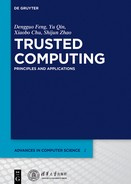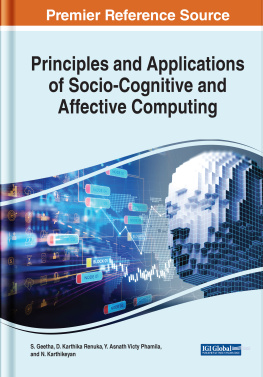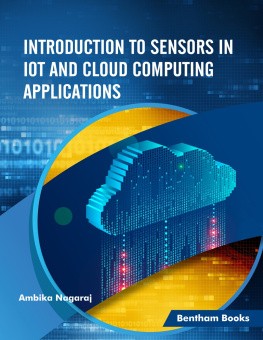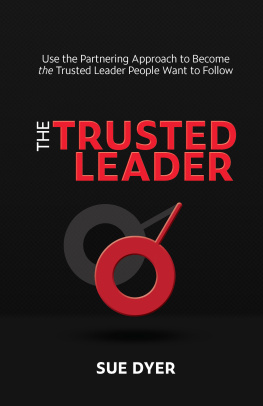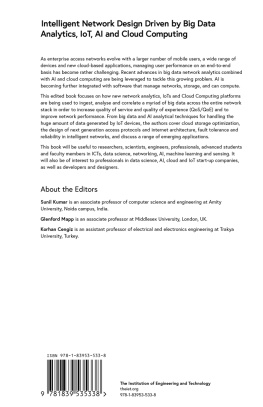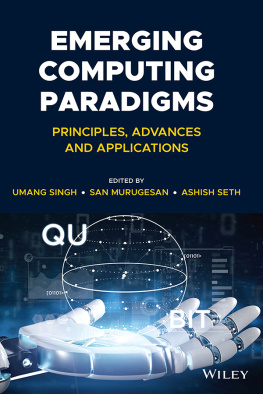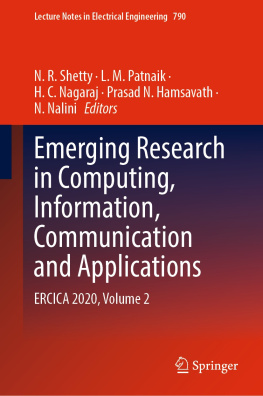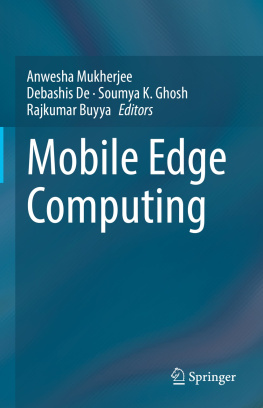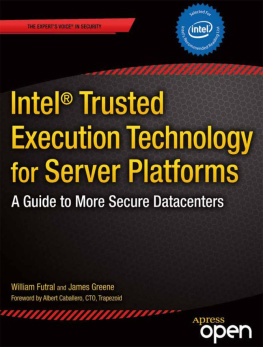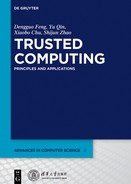This work is co-published by Tsinghua University Press and Walter de Gruyter GmbH.
Institute of Software, Chinese Academy of Science.
A CIP catalog record for this book has been applied for at the Library of Congress.
The Deutsche Nationalbibliothek lists this publication in the Deutsche Nationalbibliografie; detailed bibliographic data are available on the Internet at http://dnb.dnb.de.
Preface
With further development of computer network, the three most prominent threats are gradually highlighted, including attacks from malicious code, illegal stealing of information and illegal corruption of data and system. Within these threats, attacks from malicious code have surpassed traditional computer virus to be the predominant threat to private information of computer users. These threats originate from the situation that computer architecture lacks an immune system against malicious code. Thus, it is a core issue to accommodate immune system in computer architecture and ensure a computer platform to run securely and trustworthily.
Trusted computing is a kind of technique proposed under this background. By establishing a mechanism of integrity measurement, trusted computing enables computing platforms to distinguish between trusted programs and untrusted programs. In this way, computing platforms employ reliable countermeasures to prevent untrusted programs from disrupting.
I led a team starting research in trusted computing technique as early as 2003. Since 2006, I have been the chairman of TCMU (Trusted Cryptography Module Union) of China. I actively promote research, development and industrialization of trusted computing in China, and have achieved satisfactory results. Our team has taken a number of national research projects, including projects from Chinese 863 Program, industrialization projects of high technique from National Development and Reform Committee and major programs from National Natural Science Foundation. We have made breakthrough in several key aspects of trusted computing, including establishing and repairing technique of chain of trust, remote attestation protocol based on TCM and automatic generation method of test use cases based on reduction. We have also proposed a series of products, including advanced security supporting platform of trusted computing with self-owned intellectual property and test and evaluation system of trusted computing that supports compliance test, security test and performance test of trusted computing. These products have obtained good social and economic benefits now. Our research result Research and Application on the Security Supporting Platform and Key Technique for Trusted Computing achieved the first prize of Information Science Technique awarded by Chinese Institute of Electronics in 2010. In the future, we will continue our work and strive for better achievements and greater honor.
This book includes eight chapters. proposes trusted network connection.
The main content of this book comes from my formal monograph Trusted Computing Theory and Practice (ISBN:9787302314226), which is written in Chinese and published by Tsinghua University Press in 2013. Weve made our effort to translate the monograph,make corrections on its contents which are outdated and add a few new technologies, so as to present the highest quality collection of trusted computing technology. A group of my colleagues and doctor candidates have participated in writing and proofreading this book, including Yu Qin, Xiaobo Chu, Shijun Zhao, Jing Xu, Dexian Chang, Jianxiong Shao, Weijin Wang, Bo Yang, Bianxia Du and Wei Feng. We have also got great help from many researchers and editors. We want to express my sincere thanks to them here.
Dengguo Feng
March 17, 2017.
1Introduction
With rapid development of cloud computing, Internet of Things and mobile Internet, information technology has changed society management and public life profoundly, and ubiquitous information has already been treated as important digital assets of a nation, an enterprise or a person. Considering widespread computer virus, malicious software and enhanced hacker technique, these important assets are facing more and more practical threats. It is no doubt a preferential security requirement from nation, enterprise and person that a trustworthy computing environment should be built to maintain confidentiality, integrity, authenticity and reliability of information. Traditional security technologies like firewall, IDS and virus defense usually focus on server-side computing platforms, thus relatively vulnerable client-side terminals are gradually becoming the weak link of an information system. Against these requirements and threats, trusted computing (TC) technology aims at establishing a trust transfer system by improving the security of computer architecture, so as to ensure the security of platform and solve the trust problem of man-to-program, man-to-computer and man-to-man.
Trusted computing is an emerging technology under this background. Up to now, there exist many different ways of understanding of trusted. Several authoritative organizations, such as ISO/IEC, IEEE and TCG (Trusted Computing Group), have made efforts to establish their own explicit definitions []. TCG has further proposed a novel and widely accepted solution for enhancing security of computer system by embedding TPM (Trusted Platform Module) into hardware platform. In this book, our point of view is similar to that of TCG. We argue that a trusted computer system should always act in an expected way, and this property could be achieved by a trusted computing environment established upon a dedicated security chip.
Early in the middle of 1990s, some computer manufacturers began to research security solutions based on trusted computing technology. By adding a security chip into computer hardware, these solutions implement a series of mechanisms, such as the root of trust, secure storage and chain of trust, and achieve the secure goal of trusted computing environment. This kind of technical schemes was widely accepted by the IT industry, and as a result TCPA (Trusted Computing Platform Alliance, a mainstream industry alliance of trusted computing technique) was founded in 1999. After TCPA proposed TPM1.1 specifications in 2001, trusted computing products proposed by some mainstream IT manufacturers were gradually accepted by market and industry society. In 2003, TCPA was renamed to TCG and owned about 200 members, including nearly all international mainstream IT manufacturers. Technical specifications proposed by TCG had already formed a systematic architecture, which involves major IT areas like security chip, PC, server and network, and four core specifications were accepted as ISO standards in 2009. By 2010, TPM had already been a standard component of laptop and desktop, and mainstream PC-related manufacturers such as Microsoft and Intel also had adopted trusted computing in their core products.

